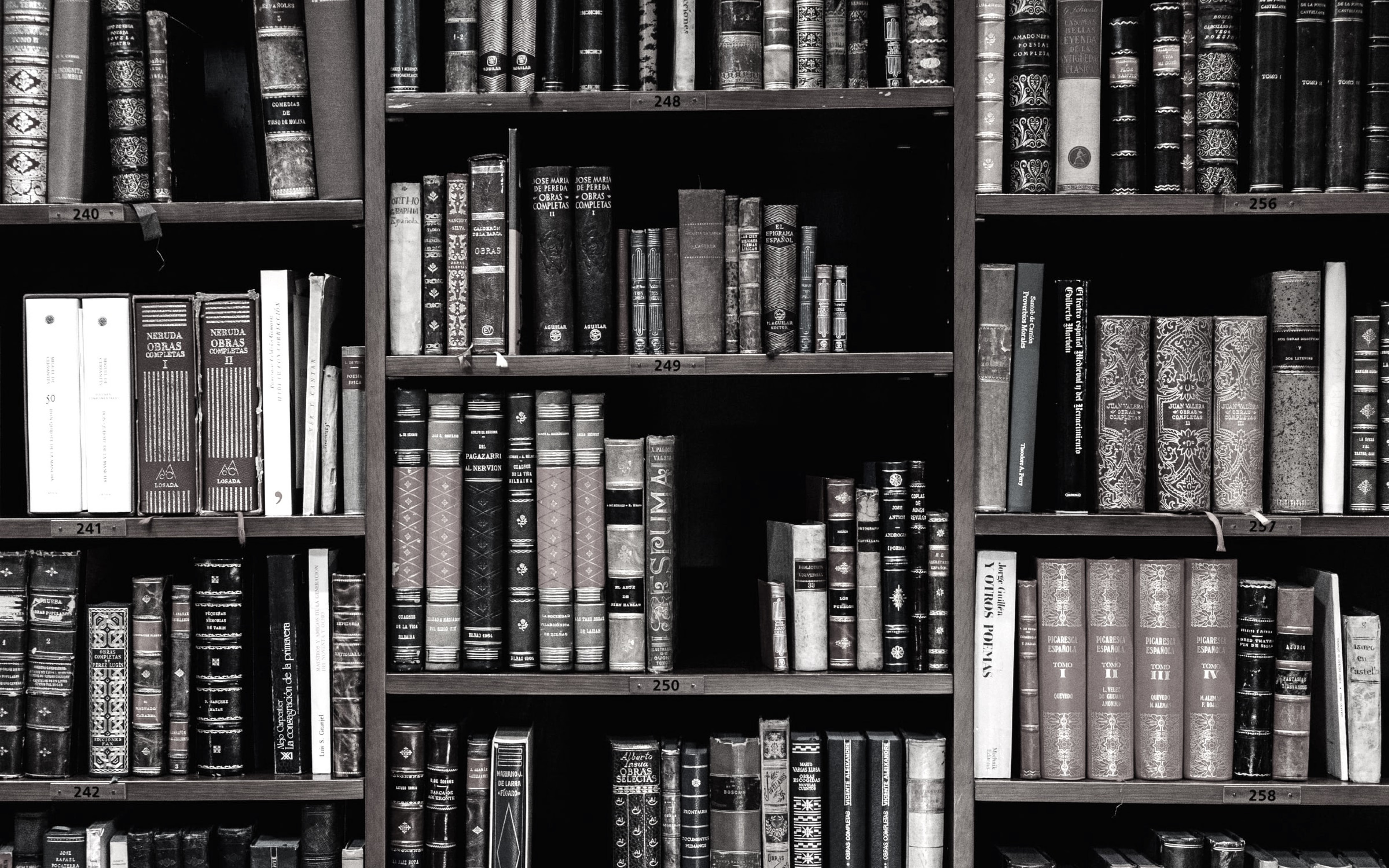
Collections
Philip J. Pauly Collection
The Philip J. Pauly Collection consists of article reprints, books, research, and more from historian of science Philip J. Pauly.
David L. Hull Collection
The David L. Hull Collection consists of books from the personal library of philosopher of science David L. Hull.
Richard C. Jeffrey Collection
The Richard C. Jeffrey Collection consists of books and reprints from the personal library of philosopher Richard C. Jeffrey.
Center for Biology and Society Faculty Publications
The Center for Biology and Society Faculty Publications consists of books written by our Center faculty members.
Winifred W. Doane Genetics Collection
The Winifred W. Doane Genetics Collection consists of books from the personal library of geneticist Winifred W. Doane.
Why do we have collections?
Libraries often feel overwhelmed with print materials and routinely turn down prospective donations because they feel they do not have the space nor the infrastructure to accept them. Researchers often have wonderful collections but no place to put them. In addition, increasingly, what is “old” can seem irrelevant and unnecessary. Fortunately the Center for Biology and Society cares about historic materials, which are the data of our studies of the history and nature of science. Fortunately also, generous donors have given us some of those valuable materials that we treasure.

What kind of collections do we have?
The Center Collections includes a set of the first 50 years of Nature. This might not seem so exciting, since you might think that these volumes have been digitized and are available electronically. But not so, or not really. Yes, you can access the articles, but not all the ads and all the details that fall between the articles. These are the tidbits that reveal so much about the culture and how science was seen at the time.
Or take the Richard C. Jeffrey Collection, which consists of a whole wall full of books plus file drawers of papers and notes. Dick Jeffrey, as Professor Richard Creath explains, was a leading probability theorist who spent most of his career at Princeton University. We are very fortunate that his wife donated his books and many files to us. We value the collection because it is full of fine books, of course, and some of them are quite valuable intellectually and in market value. In addition, we value the collection because it was brought together by a deep thinker for a reason.
The same is true of the David Hull Collection, consisting of a substantial part of Hull’s books and papers, and finding a home with us because David knew us and trusted us to share them with others in appropriate ways. Or the Philip Pauly Collection, which includes some books and all of Pauly’s research notes. Phil was a good friend, and his wife wanted his collection to be somewhere it could serve as a research collection for others.

Embryo Project Encyclopedia
The Embryo Project Collection contains thousands of photos, videos, and other original materials related to the history of biology with a focus on developmental biology.
Our final collection is the Embryo Project Encyclopedia. This is an NSF-funded project that has led to an Encyclopedia published on the internet at embryo.asu.edu.
In addition, the project has led to development of a repository for the History and Philosophy of Science community. This is in development and will include thousands of photos, videos, and other original materials related to the history of biology with a focus on developmental biology. Every semester, students add more informative essays to guide readers through the larger world related to embryos.
Collections are great to have. They are full of valuable individual items, and they bring together research materials useful for scholars and students. Furthermore, they shed light on the individuals who collected them. We treasure our relationships with each of the fine scholars who have made up the Center’s collections. And we invite you to share that treasure as well.